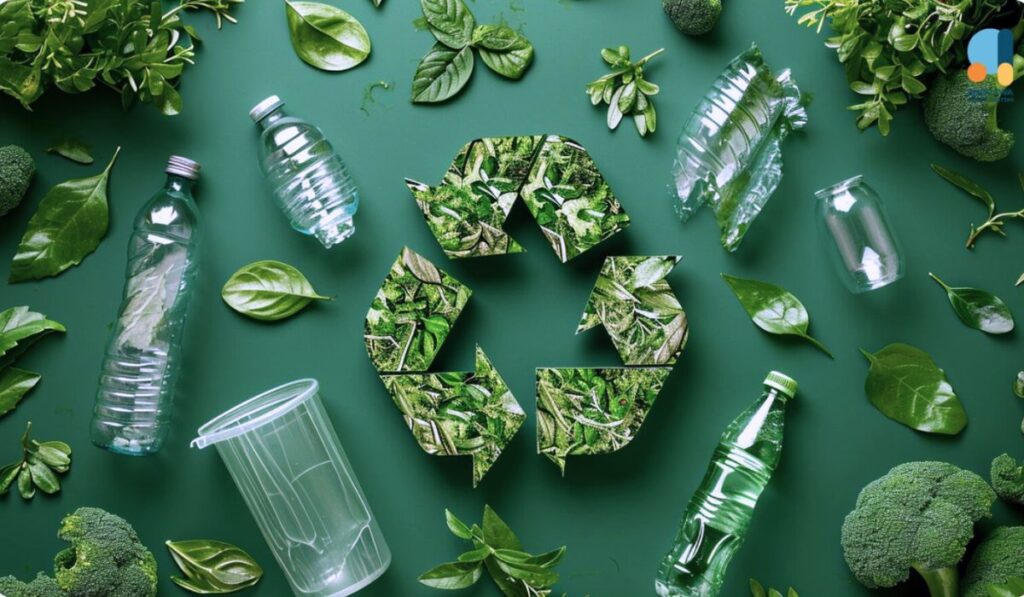In today’s world, where environmental concerns are at the forefront of global discourse, individuals and communities are increasingly seeking innovative ways to live more sustainably. From reducing waste to conserving resources, the quest for eco-friendly practices has led to the rise of a movement known as eco-crafting. This burgeoning trend merges creativity with sustainability, offering a plethora of opportunities for individuals to express themselves artistically while minimizing their ecological footprint.
Eco-crafting encompasses a wide range of activities, from upcycling and repurposing materials to using natural and renewable resources in creative projects. At its core, it embodies the principles of reduce, reuse, and recycle, inspiring individuals to rethink their consumption patterns and find new ways to breathe life into discarded items.
One of the fundamental aspects of eco-crafting is upcycling. Unlike recycling, which involves breaking down materials to create new products, upcycling involves transforming old or unwanted items into something of higher value or quality. This could be as simple as turning glass jars into stylish candle holders or repurposing old clothing into trendy accessories. By giving new life to items that would otherwise end up in landfills, upcycling not only reduces waste but also encourages creativity and resourcefulness.
Another key element of eco-crafting is the use of natural and sustainable materials. From organic cotton and bamboo to reclaimed wood and cork, there is a plethora of eco-friendly materials available for crafting projects. By opting for materials that are renewable, biodegradable, and ethically sourced, eco-crafters can minimize their environmental impact while creating beautiful and functional pieces.
In addition to using sustainable materials, eco-crafters also employ eco-conscious techniques in their projects. This may include using non-toxic dyes and adhesives, minimizing water usage, and reducing energy consumption during the crafting process. By prioritizing environmental sustainability at every stage of their projects, eco-crafters demonstrate a commitment to responsible and mindful crafting practices.
One of the most exciting aspects of eco-crafting is its potential for community engagement and social impact. Through workshops, classes, and community events, eco-crafters can share their skills and knowledge with others, inspiring them to adopt more sustainable lifestyles. By fostering a sense of community and collaboration, eco-crafting not only promotes environmental stewardship but also strengthens social bonds and empowers individuals to create positive change in their communities.
Furthermore, eco-crafting has the potential to drive innovation and spark new ideas in the field of sustainable design. By experimenting with alternative materials and techniques, eco-crafters can push the boundaries of traditional crafting practices and inspire new approaches to eco-friendly design. From zero-waste fashion to biodegradable packaging solutions, the possibilities for eco-friendly innovation are endless.
In conclusion, eco-crafting offers a creative and inspiring approach to sustainability, empowering individuals to express themselves artistically while reducing their environmental impact. By embracing the principles of reduce, reuse, and recycle, eco-crafters can transform waste into treasure and inspire others to do the same. With its potential for community engagement, social impact, and innovation, eco-crafting has emerged as a powerful force for positive change in the quest for a more sustainable future.


